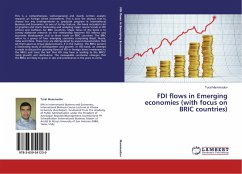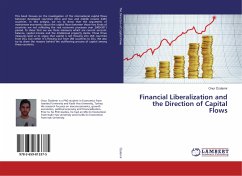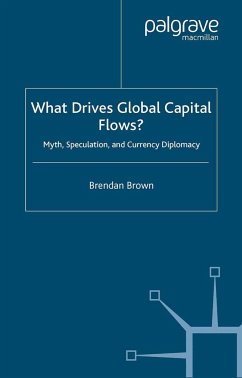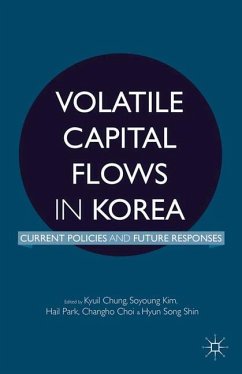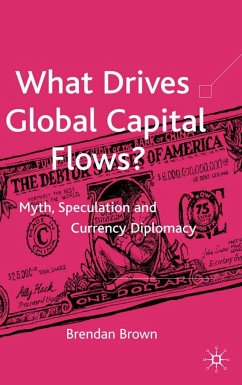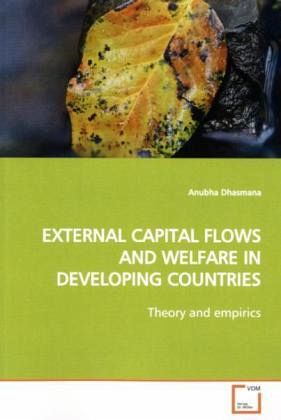
EXTERNAL CAPITAL FLOWS AND WELFARE IN DEVELOPING COUNTRIES
Theory and empirics
Versandkostenfrei!
Versandfertig in 6-10 Tagen
50,99 €
inkl. MwSt.

PAYBACK Punkte
25 °P sammeln!
This book studies the welfare effects of externalcapital flows in small open developing countries withspecial emphasis on primary commodity export dependentcountries. Welfare cost of macroeconomic volatilityin the developing countries is several times largerthan that in the developed countries. Further, mostof this macroeconomic volatility is a result ofexogenous shocks such as terms of trade or worldprice changes. External capital flows (coming largelyfrom official creditors in the case of developingcountries)havethe potential to reduce these fluctuations. Focusingin particular on aid flows a...
This book studies the welfare effects of external
capital flows in small open developing countries with
special emphasis on primary commodity export dependent
countries. Welfare cost of macroeconomic volatility
in the developing countries is several times larger
than that in the developed countries. Further, most
of this macroeconomic volatility is a result of
exogenous shocks such as terms of trade or world
price changes. External capital flows (coming largely
from official creditors in the case of developing
countries)have
the potential to reduce these fluctuations. Focusing
in particular on aid flows and external debt, I find
that indexing these flows to external shocks can
significantly improve the welfare outcome in
developing countries.
capital flows in small open developing countries with
special emphasis on primary commodity export dependent
countries. Welfare cost of macroeconomic volatility
in the developing countries is several times larger
than that in the developed countries. Further, most
of this macroeconomic volatility is a result of
exogenous shocks such as terms of trade or world
price changes. External capital flows (coming largely
from official creditors in the case of developing
countries)have
the potential to reduce these fluctuations. Focusing
in particular on aid flows and external debt, I find
that indexing these flows to external shocks can
significantly improve the welfare outcome in
developing countries.





